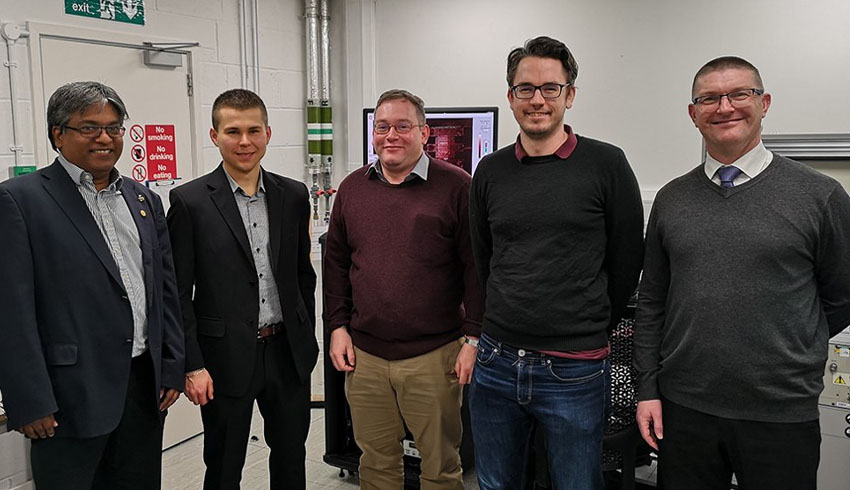Airbus has been using carbon fibre reinforced polymers (CFRPs) on its spacecraft and instrument structures for many years.
Good examples are the two GRACE FO satellites that are tracking movement of liquid water, ice and land masses due to climate change, and BepiColombo, which will explore Mercury.
On those type of missions, CFRPs offer many advantages; in particular a high strength-to-weight ratio.
But applications are limited because the material absorbs moisture, often released as gas during a mission. This affects the dimensional stability and alignment of optical payload structures.
Engineers can try to minimise this problem by performing long, expensive procedures such as drying, recalibrations and bake-out – all of which may not completely resolve the issue.
Professor Ravi Silva, director of the Advanced Technology Institute at the University of Surrey, is confident that the newly developed reinforced composite is a "significant improvement over similar methods and materials already on the market".
In the future, the coating could offer significant benefits in other areas of Airbus' business too. For example, increase of wear resistance, barrier properties for many kinds of substances, protection from atomic oxygen erosion in low-Earth orbit, adjustments of thermo-optical properties and more.
"The new nano-barrier, together with our ultra-high-modulus CFRP manufacturing capability, will enable us to create the next generation of non-outgassing CFRP materials, with much more dimensional stability. Reaching this milestone gives us the confidence to look at instrument-scale manufacturing to fully prove the technology," explained Christian Wilhelmi, head of mechanical subsystems and research and technology at Airbus in Friedrichshafen, said.
The new nano barrier could be used for upcoming Earth, navigation and science programs such as Copernicus Extension, Earth Explorer and Science Cosmic Vision.
Paolo Bianco, R&T co-operation manager at Airbus, added, "Years of co-operation with the University of Surrey, painstaking work and collaboration with customers like ESA and DLR have rewarded us with a leading-edge technology, with at least one order of magnitude better performance than any other existing solution."

